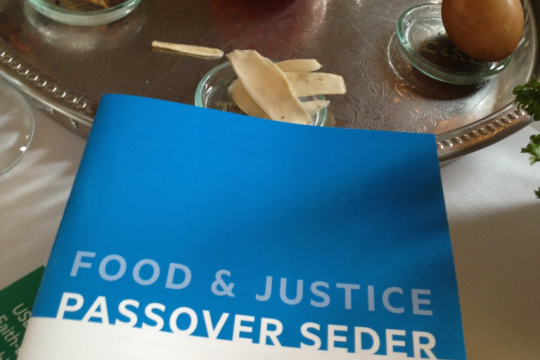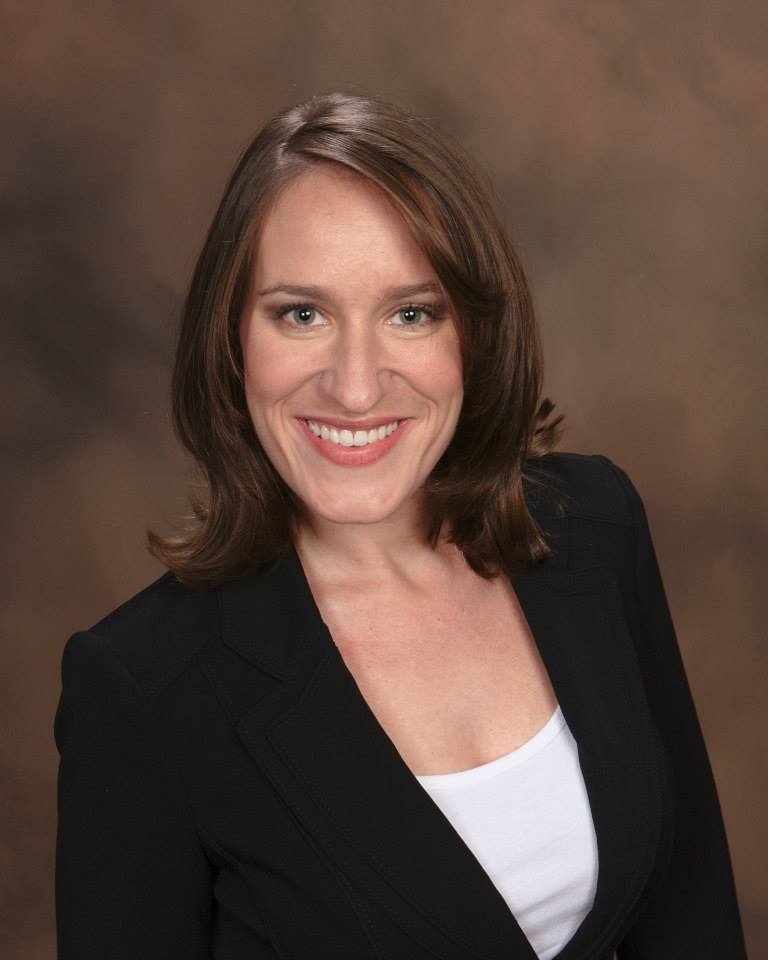
I remember that once, I heard a professor in cantorial school refer to a particular student as “a work in progress.” It was not meant to be insulting; rather, he was complimenting the student’s positive attributes and recognizing the improvements and advancements this student was making.
These days, I often hear that professor’s voice and his statement in my head when I’m thinking about how we frame and discuss the inclusion of individuals with disabilities in our Jewish community. The conversation is never finished, the work is never complete; in the most positive of ways, this work is eternally a work in progress.
When I interviewed for my current position at Temple Beth-El in Northbrook, IL, I made it known that one of my goals was to help the congregation expand its disabilities inclusion efforts. I started small; first, I needed buy-in from the temple leadership, and from there, I engaged a group of congregants who were already invested in disability advocacy in some way. Some of them worked in the field, others had a child with a disability or had a disability themselves, and still others simply loved the synagogue and wanted to see it grow and do good work.
At first, our inclusion team focused on programming, but it quickly became clear that this was not the right path for us to take. Instead, we began to look at what the synagogue already did well and evaluated what more we could do to make it fully inclusive. As a result, the congregation made little changes: using better signage, offering fidget toys, changing some of the language of our worship, employing a young adult with a disability, offering large-print prayer books and visual aids, training our ushers, teachers, staff, etc. Every change was repeatedly described in temple bulletin articles to help the congregation become more familiar with them.
We also engaged guest speakers on inclusion, including Senator Tammy Duckworth, and took advantage of the resources available to us through the URJ. We applied for and were accepted as a URJ Exemplar Congregation, and we teamed up with Keshet, a local organization for people with disabilities, to open up a classroom for children who might not otherwise find access to a Jewish education in a neurotypical classroom. This classroom is open to all, including non-members, and is fully integrated into all school and temple activities.
Two and a half years ago, I was invited to be a part of an inclusion planning committee for Jewish Federations of North America, which was putting together a team of synagogue professionals and inclusion specialists to create a two-year program of study. As a part of the planning committee, I had a personal stake in the success of the workshops, but as a congregational cantor, I had even more compelling reasons to participate.
Along with several lay leaders of the congregation, Temple Beth-El participated in this two-year long study program, specifically studying the culture of inclusion, education and youth programming, worship, and how to include our aging population in synagogue life. Temple Beth-El was also selected to be part of a smaller cohort of synagogues that received one-on-one attention with an educational consultant, Ed Frim. Because of this local opportunity, we began to reevaluate our goals for inclusion in the Temple Beth-El community.
Often, I hear from colleagues in other communities who don’t know where to start when it comes to inclusion. I remind them that they have to think about the basics and foundations, think about the Jewish values, and think outside the box. Maybe this means providing examples of how to celebrate the student who is not verbal by a visit to the mikveh (Jewish ritual bath) and a community blessing on a Friday night; maybe it’s by engaging the aging population by doing a Torah study or song session in their assisted living facility; maybe it’s by inviting the young adult who did not go to college to come in and help with small tasks in the synagogue. I also encourage anyone I speak with to use the excellent resources available through the URJ’s Disabilities Inclusion Learning Center, Gateways, Matan, and through local organizations.
Pirkei Avot reminds us that while we are not expected to complete the task, neither are we free to avoid it. The Temple Beth-El community is fully committed to the work of inclusion, which affects each and every one of us. During her visit, Senator Duckworth reminded us that while each of us may not be directly affected by a disability at this time, each of us is just one step – one hearing aid, one car accident, one breath – away from becoming a person with a disability. The work of inclusion benefits us all, so why wait? Why not start today?
The work that my inclusion team, staff, and co-clergy and I do at Temple Beth-El is far from complete – but we won’t shy away from the work still left to do.
Have something to say about this post? Join the conversation in The Tent, the social network for congregational leaders of the Reform Movement. You can also tweet us or tell us how you feel on Facebook.
Related Posts

Passover 2024: The Three Central Messages of Pesach

Modern-Day Plagues of Injustice and Inequality

